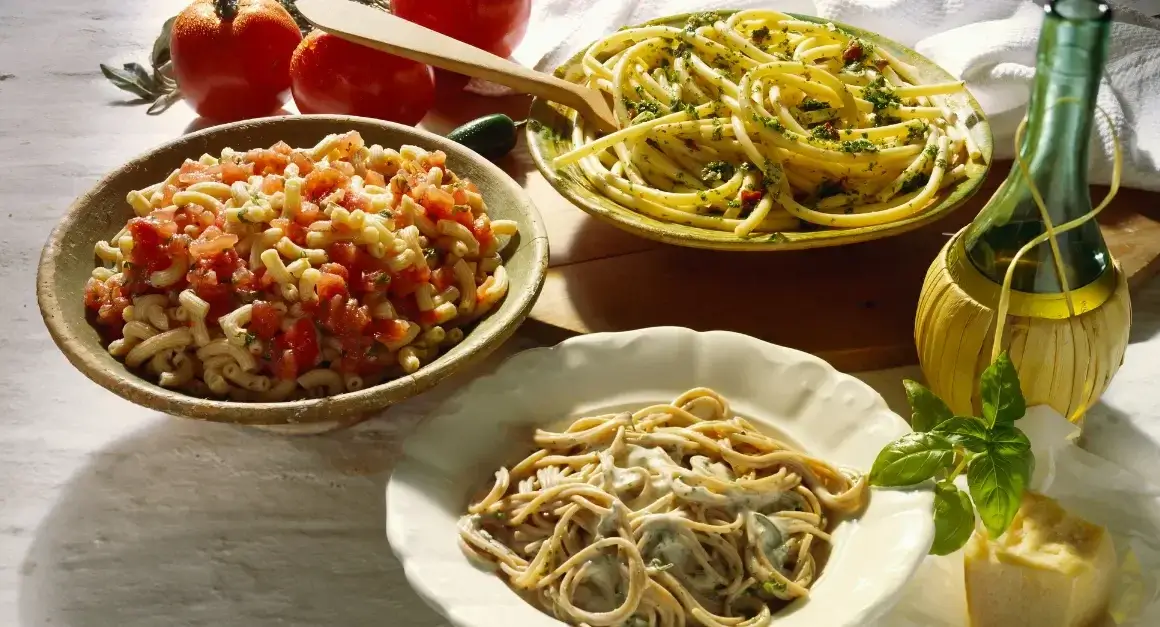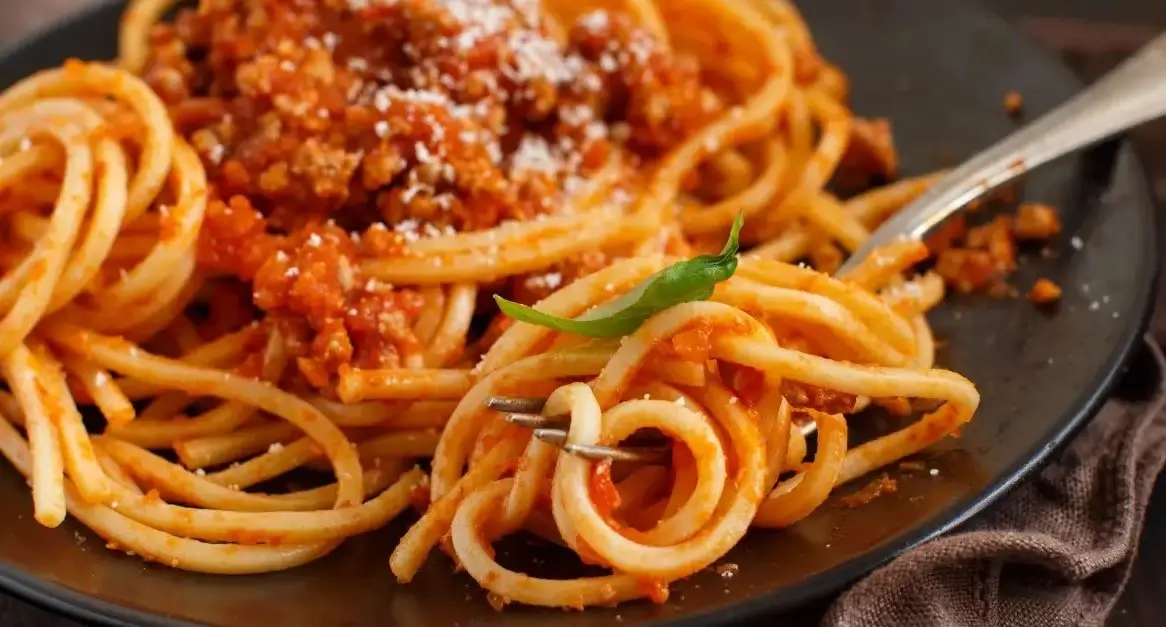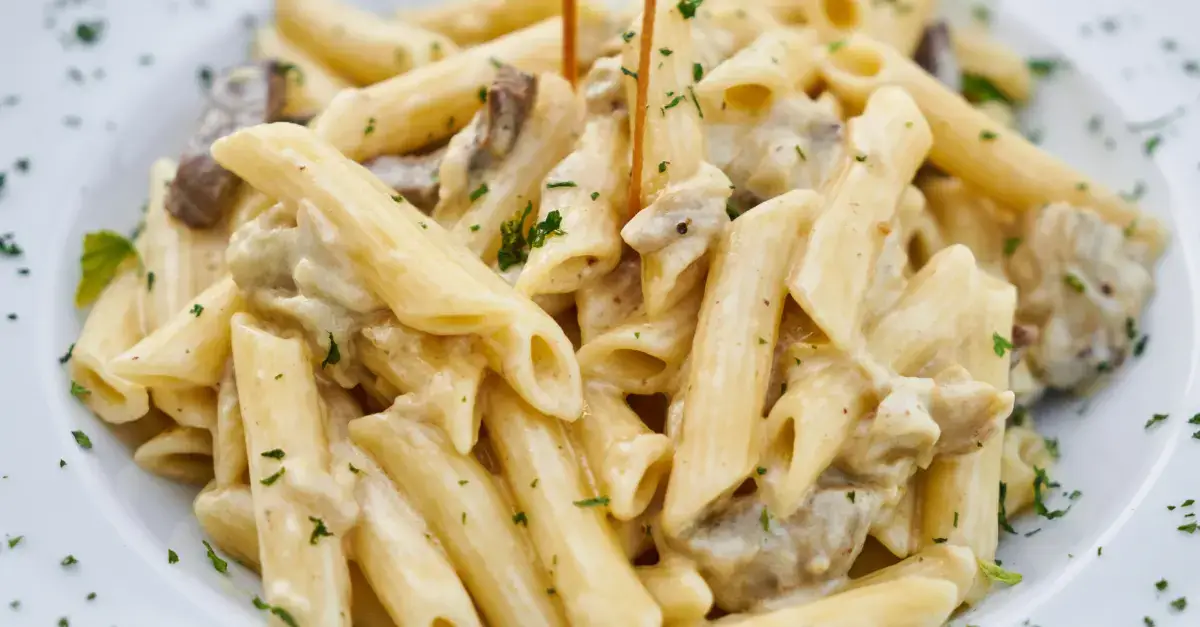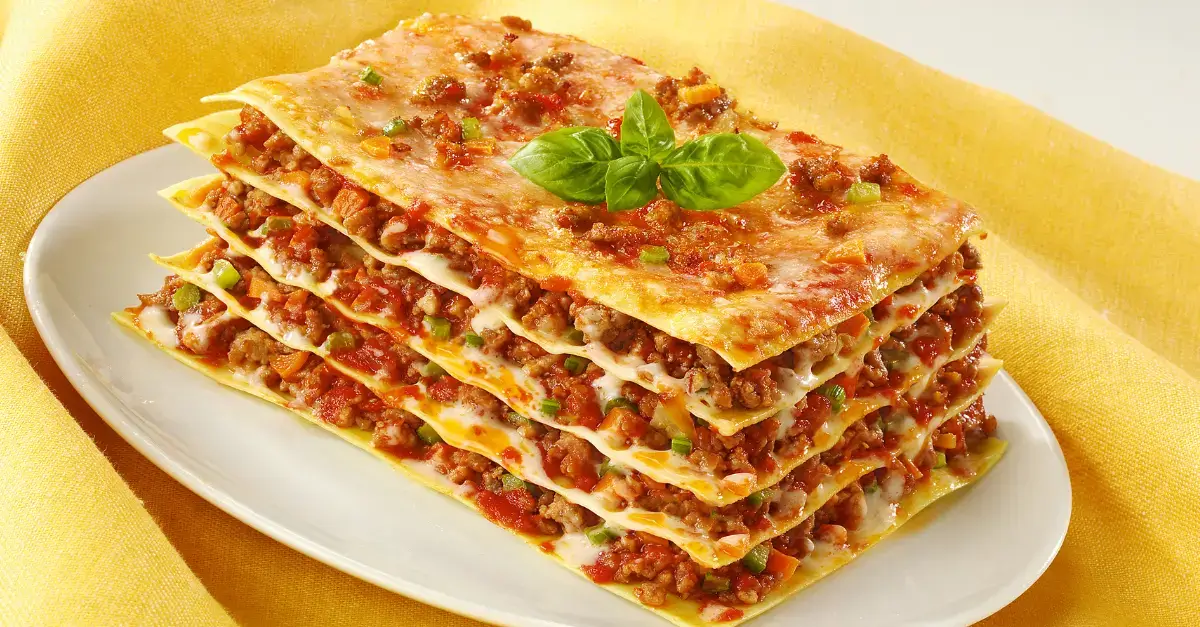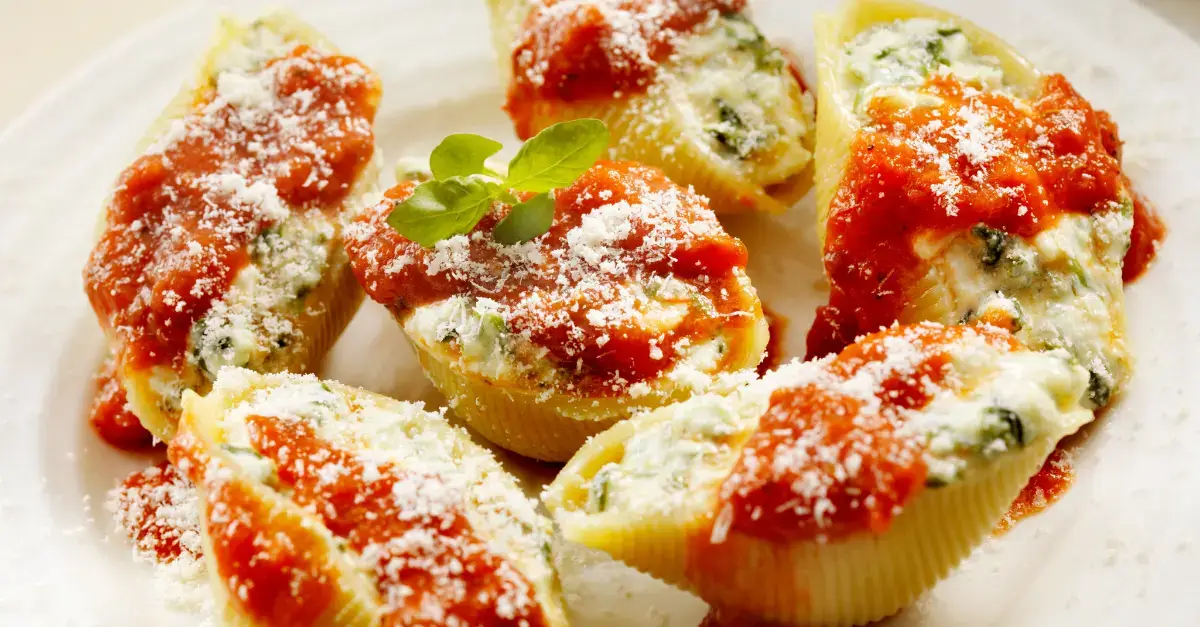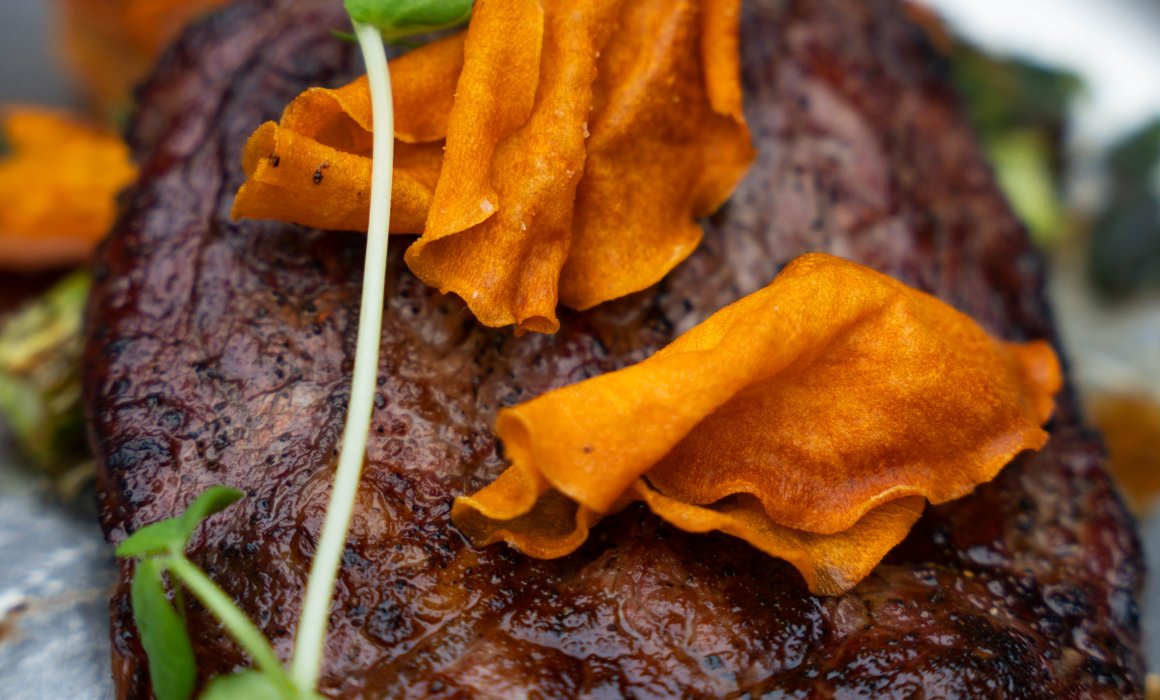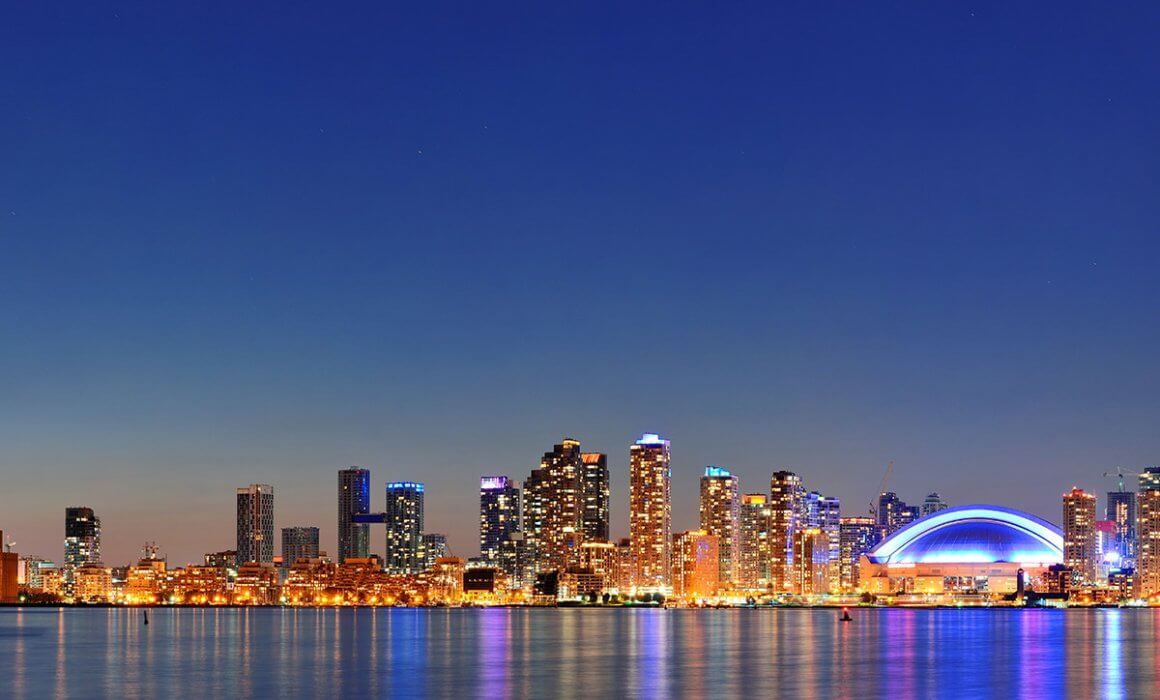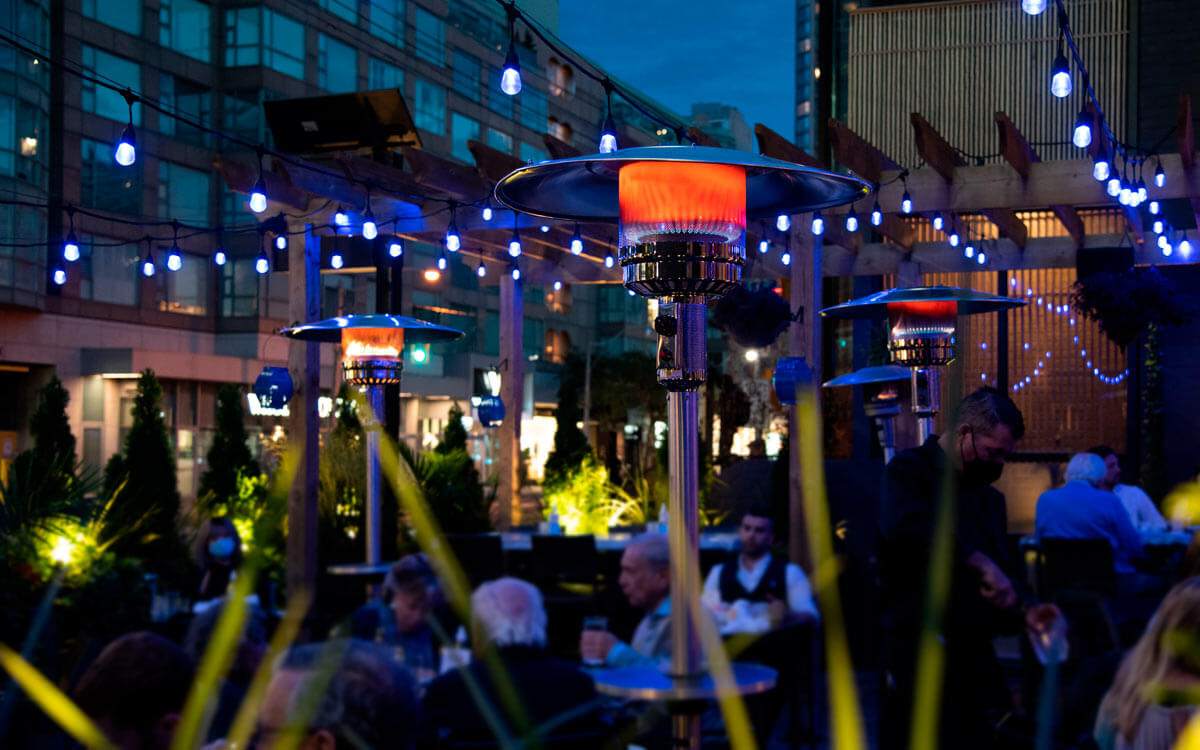TIFF 2025: The Ultimate Festival Experience in Toronto & Why BLU Ristorante is the Go-To Spot
The Toronto International Film Festival (TIFF) will remain an important spectacle in 2025. Cameras, cameras, and more cameras will be cluttering Toronto’s streets between September 4 & 14 as photographers, actors, and cinematophiles honor the art of film.
TIFF is much more than just a festival; it is a cultural event jam-packed with unforgettable moments, premieres, and cultural contributions.
More than a little snack will be needed after a fun-filled day. As sophisticated as the festival itself, the food and that’s where BLU Ristorante shines through.
To celebrate TIFF, Blu Ristorante is offering a special Pre-Theatre Menu throughout the festival. Guests simply show their TIFF ticket to staff to access the menu, available every evening during TIFF.
What’s All the Buzz About TIFF 2025?

TIFF is not merely a film festival – it’s a cultural phenomenon that impacts the world of cinema. It is a celebration of the best in entertainment, a gathering of the greatest minds, and a display of outstanding talent from all over the world. Now let’s get to the source of what makes this year’s festival so exciting!
The Film Lineup
TIFF presents a wide variety of foreign films every year. Whether you’re into the hottest independent or blockbusting films or documentaries, TIFF 2025 has something for everyone.
- World Premieres: Some of the biggest movies of the year start at TIFF. Many highly anticipated Hollywood blockbuster movies will appear, and the buzz around them will be apparent. This means that you will be able to see the celebs queueing for premiere screenings, if you would like to watch movies before they are mainstream.
- International Films: From Europe to Asia, TIFF has an exhaustive collection of films from all over the world. International cinema from France, Japan, India, and Brazil will be screened as well, giving audiences access to films they may not otherwise have the opportunity to see.
- Documentaries & Short Films: A significant number of impactful documentaries that explore politics, social issues, and real stories that challenge the conventions of the documentary format are anticipated this year.
Who’s Appearing at TIFF?
Since TIFF is a premier event, one of the most exciting parts about attending the event is being able to catch up with A-list celebrities and industry titans on the red carpet. The following are just some of the stars that we’re most excited to see:
- Spike Lee: Spike Lee will return to TIFF as a master storyteller to bring us a new movie that will get people talking. Anywhere he goes, a crowd of people will follow him.
- Meryl Streep: The undisputed queen of movies, Meryl is back at TIFF with a much-anticipated drama, which is making enormous Oscar waves. And just bet she will be on the red carpet in all her elegant splendor.
- Timothée Chalamet: An absolute Hollywood heartthrob, Timothée keeps on boring people with his talent and appeal. This year, he’s landing a starring role in a mind-bending sci-fi movie that’s creating a lot of buzz.
- Emma Stone: An Academy Award winner and regular TIFF attendee, Emma is creating a splash this year in an outsize role that’s already got critics talking. TIFF is most definitely the beginning of her film career.
- Ryan Gosling: A native of Toronto, Ryan Gosling will be bringing the flair of Toronto to TIFF 2025. It could be a premiere or an after-party, but Toronto streets will be full of excitement about this popular actor.
The Buzz About TIFF 2025
From launching careers to sparking worldwide discourse to playing films that become culture-changing movements, for generations, TIFF has a track record for making itself available and making its films count.
Already this year, there has been a lot of chatter about movies that will make a splash on the international market. Already, people are making guesses as to what films will be picked up for distribution, which performances will receive awards, and which directors will control the filmscape of the years ahead.
The streets of Toronto will resonate with energy- a crowd of people, photographers, and a red carpet stretching for miles, collectively adding to the charm of this cinematic extravaganza.
BLU Ristorante: The Best Dining Spot for TIFF 2025 Visitors

While TIFF may be all about the movies, the perfect TIFF experience wouldn’t be complete without the perfect dining experience.
After all, you need to refuel between screenings and there is no better place to do that than BLU Ristorante, Toronto’s finest Italian restaurant, nestled in the heart of the Entertainment District.
Here’s why BLU is TIFF 2025’s dining destination of choice:
Pre-Theater Menu
The movies at TIFF start early, but BLU Ristorante has got your back. TIFF ticket holders benefit from a special pre-theatre menu which has been crafted with only one purpose: to keep you well-fueled without ruining your appetite for the film that follows.
Pre-theater at BLU Ristorante is open each day starting at 4 pm until movie time begins, so that you can enjoy a nice dinner before exiting your car and heading to the movies for a screening of the newest title the theater is featuring. Delightful dishes that merge traditional Italian specialties with a hint of contemporary culinary creativity, these flavorful selections won’t disappoint.
Pre-Theater Menu Highlights
Start the night with some nice rich tastes, go with the Truffled Beef Carpaccio, served with crispy capers, Parmigiano, and crostini.
To the point, the Beef Cheek Sweet Potato Gnocchi is an impressive one. Wild mushrooms and braised beef cheek add that deep, earthy warmth that’s just right to a comforting, satisfying bite.
Should you feel like something light, the Salmon Cavatelli with Zucchini, cherry tomatoes, capers and chili aglio olio is fresh, tasty, and not very demanding on the stomach but still very powerful.
And to conclude, the decadent Chocolate Cake and a topping of smooth gelato is the ultimate pleasuring dish before going to the cinema.
From indulgent and rich flavors to light and refreshing options, BLU’ Ristorantes’ pre-theater menu has something for everyone. Additionally, if you are a TIFF ticket holder, you have priority seating, so you have ample time to eat your meal and get to your screening without any stress.
Open Late for Post-Theater Dining

TIFF nights don’t end with the final movie. The magic of the festival really begins after hours, as parties, events, and gatherings carry on well into the night. And next time you are going for a midnight show and hungry, you won’t have to get very far to get a filling meal.
Between September 4 and September 14, BLU Ristorante will remain open until midnight so that the TIFF attendees can get an opportunity to take a well-deserved rest and have a meal after the final film of the day.
BLU Ristorante is the perfect place to relax, whether you need to write a movie review or simply enjoy showing off your new friends, or even just have a late-night snack.
A Sophisticated Yet Relaxed Atmosphere
TIFF is fascinating; it can also be tiring. You will need somewhere to relax after having a full schedule of films and events. BLU Ristorante creates the ideal balance between its trendy and comfortable ambiance. Banquet chairs are upholstered in rich burgundy and have marble tops and gigantic chandeliers, which form a fine atmosphere very conducive to small dinner parties as well as big events.
On Sunday nights, there is live music between 6.30 and 9.30 to give a bustling but easygoing atmosphere. Be it a romantic dinner experience or during a hangout with friends, BLU has a friendly atmosphere and hospitality.
A Convenient Location
One of the best aspects of dining at BLU Ristorante during TIFF is its location.
Set at the center of the Entertainment District, BLU is in proximity to some of the most frequented locations at TIFF. When you are in the Princess of Wales theatre or Roy Thomson Hall or TIFF Bell Lightbox, when you feel hungry and just want to grab a snack, BLU will not make you miss anything or lose any of the fun!
This is your que to close the night with a medley of flavours, by visiting us 214 King Street West, Toronto, ON, in the heart of the Entertainment District, steps from TIFF theatres.
Why BLU Ristorante is the Ultimate TIFF Spot
TIFF isn’t just a gateway to film – it’s a gateway to an experience. And BLU Ristorante is just the place for Scratch-made Italian food in a refined yet vibrant atmosphere to enhance that experience.
Exclusive TIFF Offer for Ticket Holders
If you own a TIFF ticket, welcome!
BLU Ristorante has a special pre-show menu you can order to ensure that you aren’t hungry enough to feel too full before you watch your film. And if you’re in from a late screening, then they have their kitchen up until midnight, so you can go and pick up the scent of some food and still let the celebration continue.
Whether you’re seeking a romantic place for dinner or prefer a venue to enjoy with friends, BLU has the style and comfort to match your expectations. And, plus, it’s just a short walk from most of the TIFF venues, so you will never have to run from one screening to the next.
Book Your Table at BLU Ristorante for TIFF 2025
Embrace the unique fusion of food, music, flavors, and culture that will make BLU Ristorante the destination for your festival-a night you’ll want to remember.
TIFF ticket holders – claim your reserved spot now and get ready for a night filled with food, fun, and, of course, at BLU Ristorante.
And looking forward to seeing you at the table!
FAQs
How can I purchase tickets for TIFF?
The tickets may be bought either on the official site of TIFF or on Ticketmaster. Single tickets will be offered to Members (since August 15) and to the general population (since August 25). Regular screenings cost at least 29, and high-end screenings cost at least 43.
Does TIFF offer seat reservations?
No, TIFF does not provide seat reservations. However, there are rush tickets to film theatres, which are sold out. You are better off arriving in time because the number of rush tickets can only be obtained based on no-shows and free-standing tickets returned by sponsors.
What makes BLU Ristorante a great spot for TIFF-goers?
BLU Ristorante sits in the center of Toronto in the Entertainment District, within a few steps of major TIFF sites. It provides the ideal evening meal before the show, or a late evening dinner after the performances. Full of great choices and a comfortable but refined atmosphere, it is a fantastic place to relax after a hard day at TIFF.
Can I make a reservation at BLU Ristorante for TIFF?
Yes, BLU Ristorante reservations can be made in advance, such that you are guaranteed a seat when the TIFF festival is going on. Due to the popularity of the festival, it is advisable to reserve in advance, particularly when dining prior to the theater shows. Reserve your table online or by telephone.
Does BLU Ristorante offer special menus for TIFF?
BLU Ristorante will have a special pre-theater menu that will cater to TIFF-goers. This menu includes appetizers, main dishes, and desserts, which will be enjoyed prior to watching a film. You can have something quick or something heavier to eat; BLU offers something to suit you.

